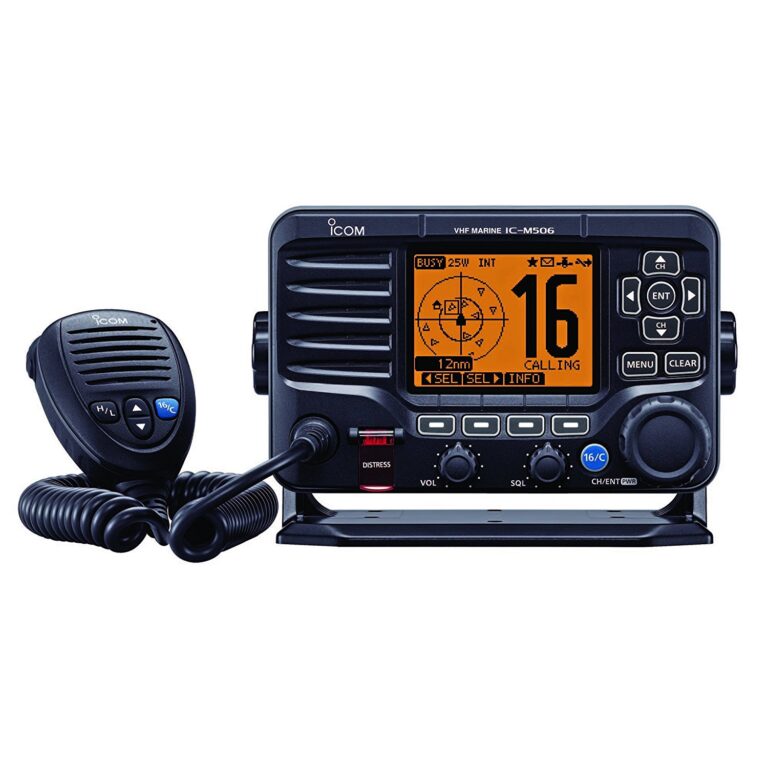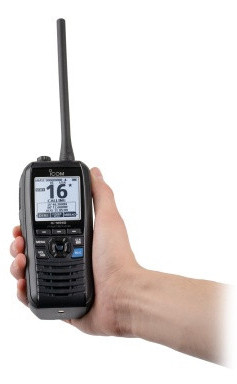VHF Radio is a Boater’s Best Friend
9th January 2024
With the age of cellphones many boaters may think they don’t need to install a very high frequency (VHF) radio onboard, but nothing could be further from the truth. It connects us where cell phones can’t – getting info from others when we’re in the wilderness and especially when just out of cell phone range. They provide up to date weather info and alerts, allows you to communicate with other boats including commercial vessels. They facilitate fast help in an emergency – whether it’s from nearby boaters or the Coast Guard and whether it’s voice calls or automated Digital Selective Calling (DSC) alarms. Some models even function as Automatic Identification System (AIS) receivers, making navigation in crowded waters or at night just that much safer. Finally allow community conversations – you can talk to a whole bunch of people at once on the VHF. This attribute is beneficial for group cruises.

If you’re new to boating or cruising, you might not know what all your VHF can do for you. It’s far more than just a glorified walkie-talkie, and your cell phone is no substitute. A VHF radio is one of the most versatile pieces of equipment on your boat, as well as your first line of communication in an emergency.
The Coast Guard considers the VHF radio to be the preferred/primary means for a vessel in distress to use to contact that agency. VHF makes it possible for nearby sailors to hear a call from a vessel that’s in trouble so they can offer assistance. Also, transmissions of over the radio can be tracked back to their source by the Coast Guard; cellphone transmissions can’t be traced in this way.
Their familiarity, privacy, and directness make cell phones a handy communication tool and on board for nearshore boating. Still, a cell phone doesn’t replace a VHF radio. Marine bulletins, 24/7 marine weather broadcasts, ship traffic information, DSC emergency calling, AIS capabilities, and the ability to broadcast information to many people at once, keeps the VHF the primary choice for marine communications. Furthermore, VHF radios will stand up to the marine environment better and work across international borders.

VHF radio technology came of age in the 1950s, offering line-of-sight communication and broadcasting capacity for television and radio channels. As technology evolved, yachtsmen were presented with a reliable means of getting weather information and communicating boat-to boat. With transmission power ranges between one and twenty-five watts, VHF’s effectivity range of five miles for ship-to-ship communications and approximately sixty miles for elevated antennas might seem limited compared with that of modern smartphones but remember that VHFs are independent of cell towers and satellites.
Today, VHFs serve a vital and dynamic role aboard vessels large and small. VHF technology has changed a ton in the last 20 years with the development of DSC and some units offered with built-in AIS that interfaces with the boat’s electronic package. They also come in both fixed-mount and handle held models. While the former benefits from a reliable power source, higher transmit power and taller antenna, contemporary handhelds are typically waterproof or weatherproof, powerful, and sometimes buoyant.
While VHF’s fundamental technology hasn’t changed much since its creation, today’s devices are far more powerful and boast communication and lifesavings capabilities. The expense is minimal, and the utility and safety margins afforded by the current technology is priceless.


